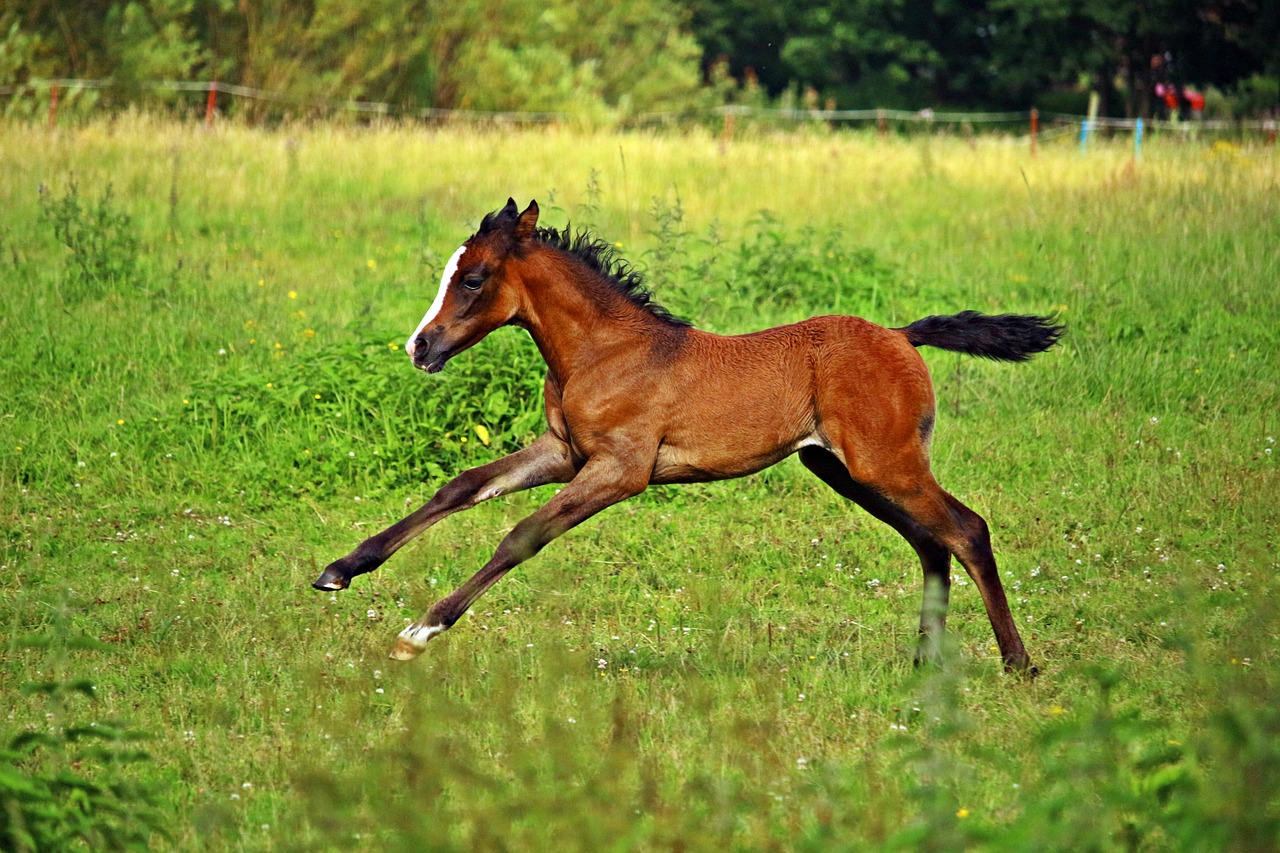
Courtesy of Damrock Farm
Today, I am going to talk about twin pregnancies and why responsible breeders do not let them continue past 14-16 days post breeding. We had three mares bred this year and that we ended up with three sets of twins. Some might say we hit the jackpot, 6 for the price of 3. But no, it's the furthest thing from the jackpot that is possible as far as I am concerned. And, I'm going to tell you why after receiving a couple of messages asking why we don't just let the mare have twins.
We got lucky on the first two twin reductions, keeping the second foal. Not so with the third. Our mare, Mula, did as we feared and aborted the second foal along with the one we were trying to remove. Not a surprise, but definitely a disappointment. They were just too close not to damage both in the quest to remove only one.
For those of you who are questioning why we don't leave well enough alone, here are the facts. Mares are not made to carry two babies, plain and simple. It's VERY rarely successful. Sure, you occasionally see pictures of cute twin babies that the owners did not know were there and were born healthy enough to stay alive. In most cases, they only stay alive with lots of extra care and huge financial investment. In reality, the numbers of twins who survive to get their pictures plastered all over Facebook is only a small percentage of those who are produced. In most cases, either one or both foals will die, despite heroic measures. It is also extremely risky for a mare to try and deliver twin foals, putting her own life, as well as the foals, at high risk.
The answer is to reduce the pregnancy to one viable fetus, leading to one healthy foal and a normal delivery for the mare carrying it. Is reduction a perfect science? Absolutely not. Should it be done? In my opinion, absolutely yes! Most times, if a mare gets pregnant with twins and it's either not discovered or the owner elects to try to "let nature take its course" both foals will be aborted naturally by the mare, hopefully before they are big enough to injure the mare in the process. If they survive until normal delivery time, usually one or both of the foals will die and the mare is at great risk of death or serious injury herself trying to deliver them.
We, as responsible breeders, check all of our mares between 14 and 16 days post breeding looking first for ANY foal and then for twin pregnancies. Thoroughbreds in particular are more prone to twinning than most other breeds. Why? I don't know and I'm pretty sure no one else does either or we would have figured out a way to prevent it by now. Some say the risk increases with age. In my experience, I agree with that. But while Mula is 19, both other mares, Aly and Lucy, are only 5. So there goes that theory.
The truth is, we don't know why so many thoroughbreds twin and perhaps we never will, but as breeders, it is our responsibility to make it as safe for the mare as possible to deliver a healthy foal. Leaving a set of known twins to "naturally reduce" which is how many twin foals are actually born either full term or aborted when it is more dangerous for both living foals (who usually do not live long past birth) and mostly, for the mare, who never asked to be placed in this position in the first place.
So, we check and when we find twins, as we did three out of three times this year, we try to reduce that number to one. This might be a bit graphically upsetting, but the way we do that is to try and physically crush one of the vesicles. In all three cases this year we thought we were able to do that, while leaving the other vesicle to continue to grow and develop normally as a single foal. With Mula, that was the goal, but not the case. Her two vesicles were so close together that it was very difficult for my vet to separate one from the other. She finally did what she thought was a single cell reduction, but there were doubts as to whether there was damage to both. Obviously, there was since both vesicles were gone when we checked this morning.
Disappointing, but not nearly as much as it would have been when it was also too late to rebreed the mare.
Just an FYI, if you don't have your vet check your mare when you should (14-16 days post breeding and again at 30 days post breeding for a heartbeat) and she goes past 34 days being pregnant with twins and then dumps them, you are out of luck for rebreeding. What is called endometrial cups form around 34 days and once they do, the mare will not come back into heat until the next breeding season. Do yourself a favor and get them checked when you should.
You can find educational and informative articles in our section on Health & Education.

































